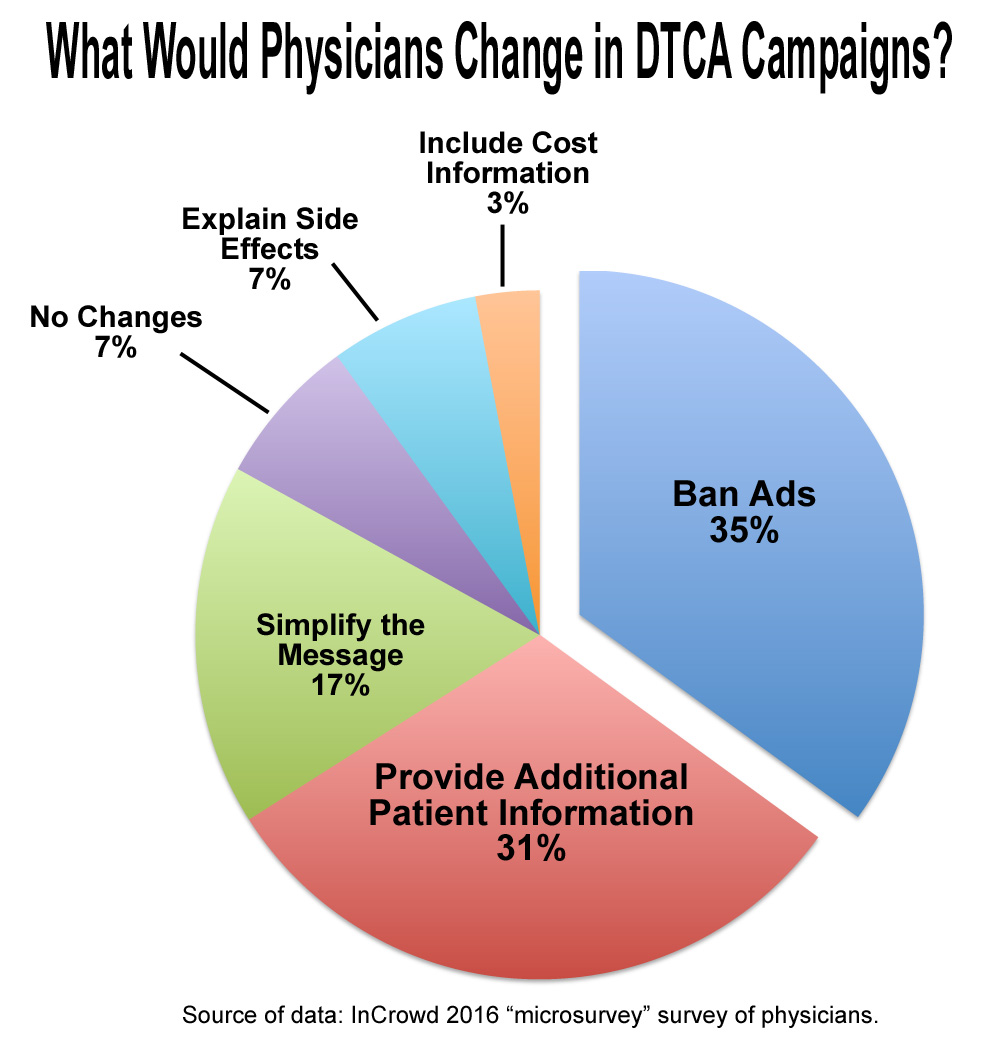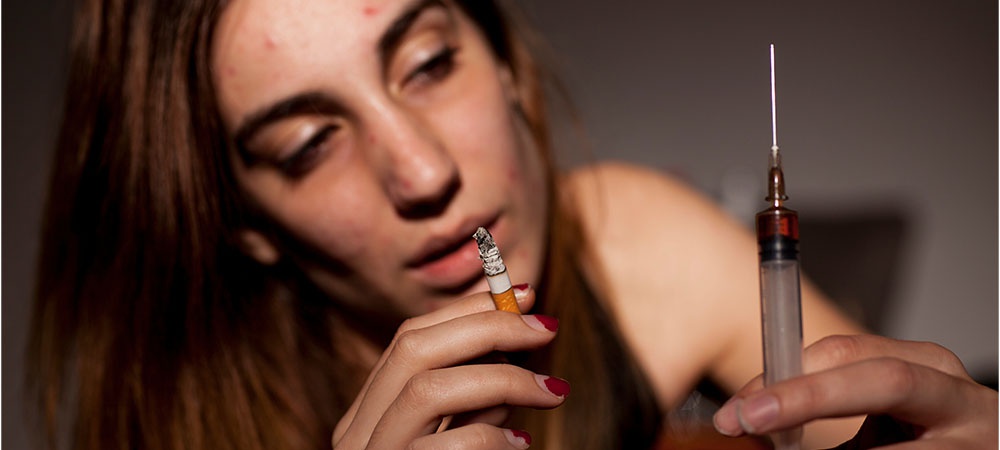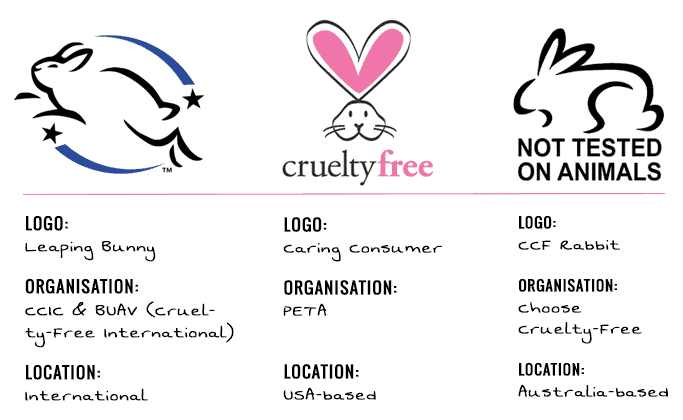
For many, the post-march 2020 to 2022 COVID-era was a time of relaxation. I can attest that waking up 2 minutes before school, rolling over in bed and logging in, then going back to sleep was bliss. But being confined to our homes and having our movement restricted wasn’t so fun for many others. Protests, riots, and civil unrest called to question whether the idea of “quarantining” was ethical. Let’s take a deep dive into whether infringement of civil liberty and quarantining, were truly hand in hand.
Quarantine, originating from the Italian ‘quarant(a),’ historically referred to isolating ships for 40 days during plague outbreaks to prevent the infected from entering plague-overrun cities (Dr. Duffin – 14th Century Black Death Vodcast). Citizens would offer jugs of water/food to starving passengers, unknowingly infecting them with plague-causing fleas. This led to outbreaks on ships, as people didn’t realize the correlation between these actions and the spread of disease due to the lack of germ theory understanding, thus causing this measure to oftentimes not work well (Dr. Duffin – 14th Century Black Death Vodcast). Milan was famous for its very low mortality rate due to their draconian law that forced any family with even 1 sick individual to be permanently bricked up in their home, condemning everyone to death (Dr. Duffin – 14th Century Black Death Vodcast).While such extreme measures don’t exist today, there’s still pushback to quarantining.
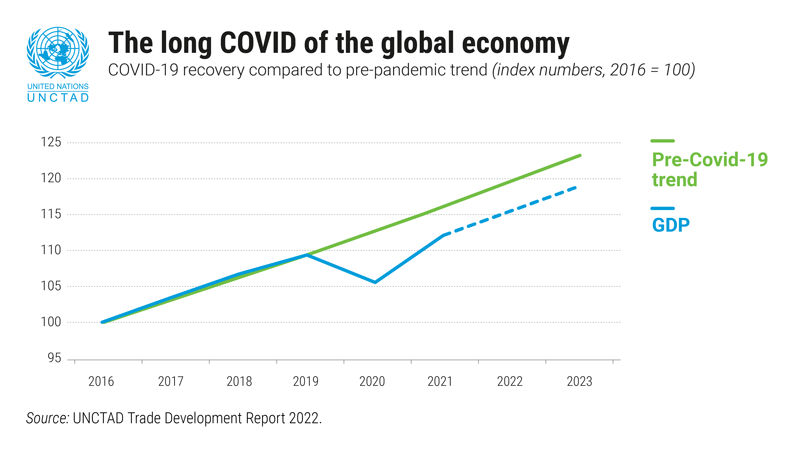
One major argument against quarantine, is the economic downturn. The cumulative global GDP loss over 2020 and 2021 attributed to the pandemic and the national quarantining was estimated around 9 trillion dollars (The Great Lockdown). In Canada specifically in just April of 2020 alone unemployment rose to 7.8%, the highest Canadian average in over 4 decades, and over 10% of Canadians suffered severe financial impairment (BlackRock – Guarding the Impact of Covid-19 on the Canadian Economy) homeless increasing by 20% in many communities across Canada (Everyone Counts 2020-2022). This highlights the negative impact of quarantines on the economy, leading to layoffs for individuals in labor-intensive and non-remote work roles. From homelessness to general financial ruin, quarantines severely damaged Canadian and global economy, who’s effects are still trying to be overcome today.

(abc news – Governments Dealing with Protests)
Another major argument about quarantine was the infringing of autonomy and invasion of privacy, along with the coinciding mental health effects. People were told that they couldn’t leave their homes unless absolutely necessary. Not going to work, school, to the movies, religious establishments infringed on one’s freedom of assembly, freedom of religion and right to education. Lets be honest, online school while nice, for many kids was a subpar option that left them without support. Protests for social causes were often violent suppressed due to social distancing laws. Fearmongering by overexaggerating statistics, and especially right-wing media outlets spreading falsehood conspiracy theories only exacerbated the widespread fear.
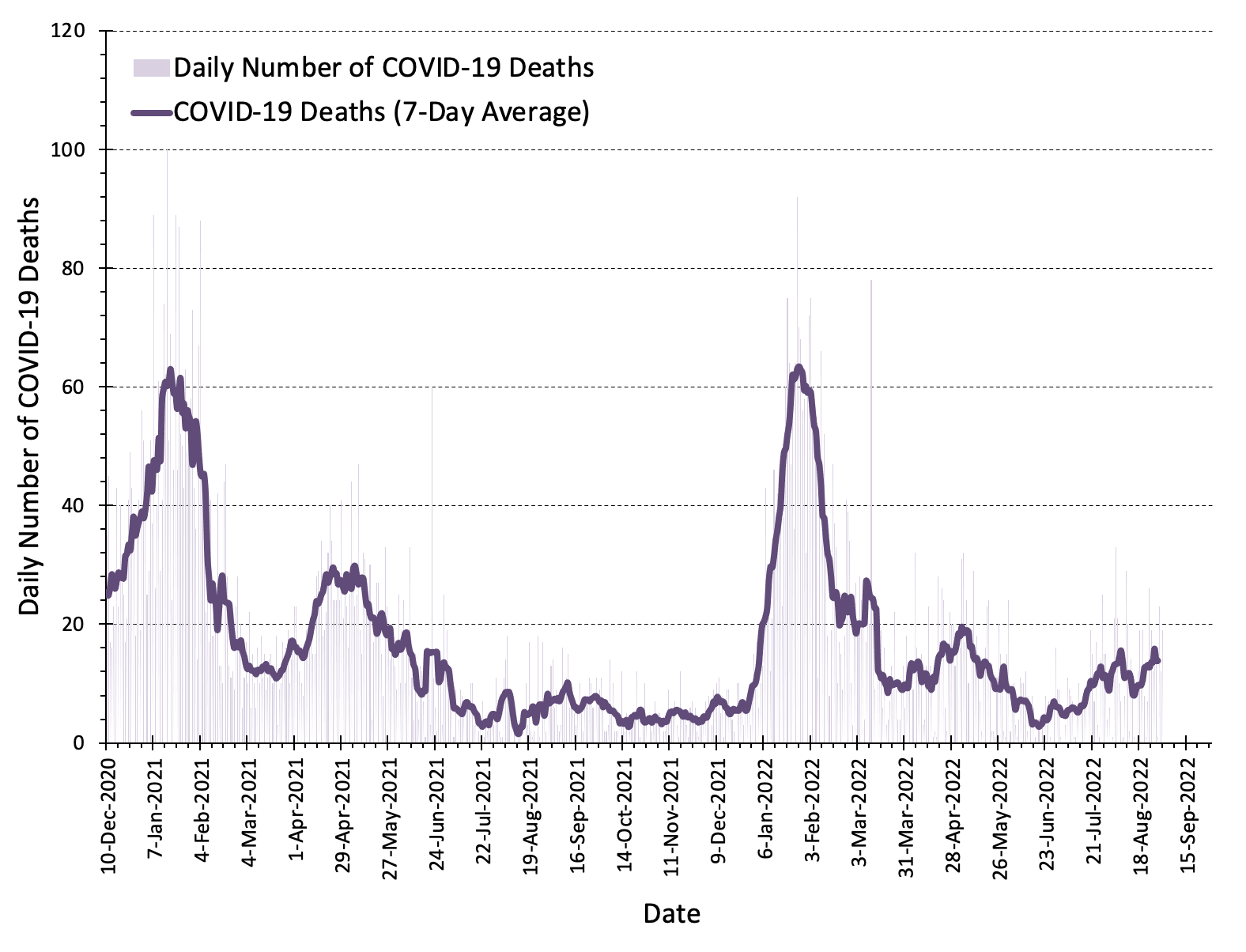
My initial stance on quarantines and liberty curtailment were that they were necessary, and it remains so. By March 20, over 1000 COVID cases were confirmed in Canada; 3 days after quarantine orders were established (cp24 – Timeline of Events). Although cases and deaths increased over the next 2 years, without such an early implementation of quarantine it would have been much worse (NIH – Health Effects of Quarantine). People fail to see, that while wide-scale death and anarchy may not have happened in front of their eyes, thus making quarantining feel pointless, in many places around them, and the world, it was happening. In India, COVID-19 spread had spread so bad partly due to refusal in following quarantine laws, that people would die outside hospitals waiting for oxygen tanks, and cremations sites would be set up in parking lots because of massive cadaver influxes (Vox – India’s Mass COVID-19 Cremations).
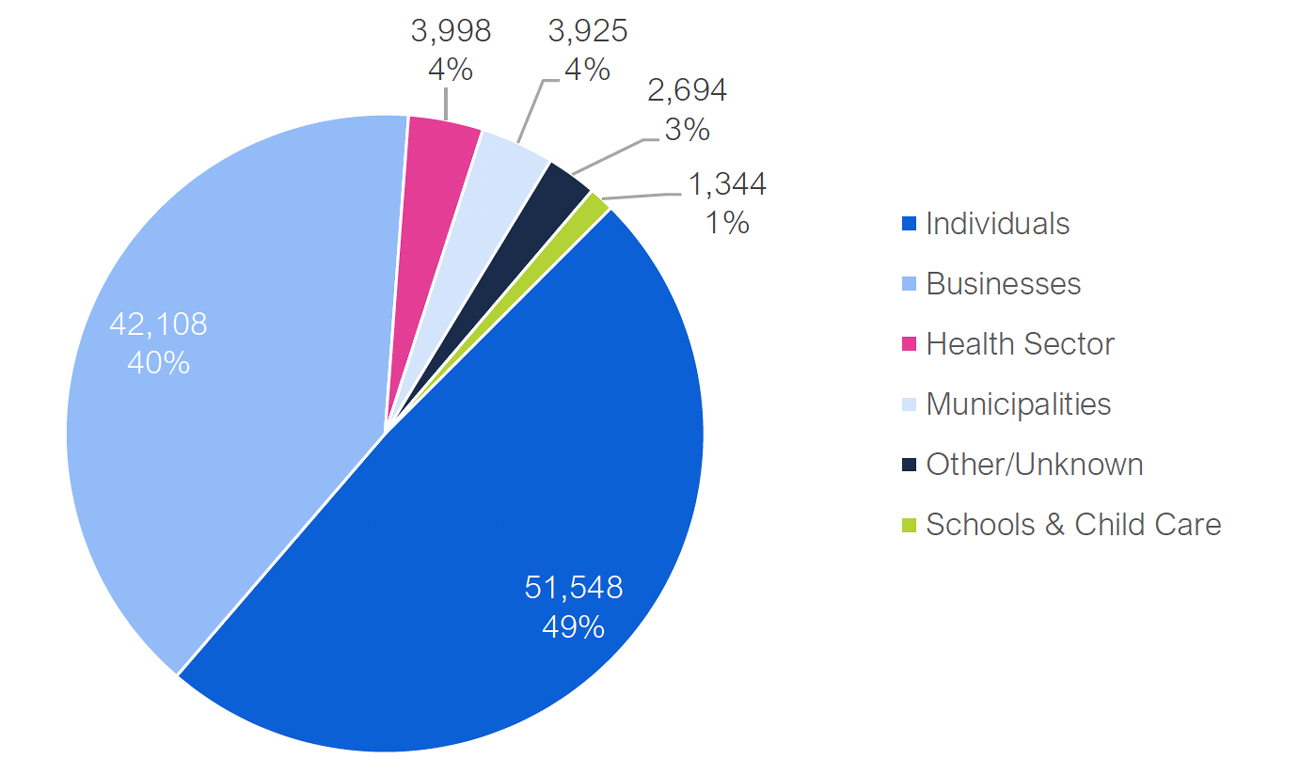
(Financial Accountability Office of Ontario)
I see the limitations of my view, where people have certain rights stripped. However the major limitation of the flipside, is increased mortality. The primary argument I agree with “against” quarantining, is the economical one. For that I have 3 policy recommendations. One, is reciprocal aid. Governments should provide aid to those most affected by emergency laws impacting livelihoods and freedoms. Things like food, shelter, educational support, and some type of workers compensation (International Monetary Fund). For us to lose our civil liberties, and bear the penalties is fundamentally wrong. The second policy recommendation, is further flattening COVID-19 spread. Countries should invest in health systems, equitable vaccine access, and maintain stringent measures like lockdowns to combat COVID-19 spread (International Monetary Fund). There’s no tradeoff between saving lives and livelihoods, and only after an economy can “reopen” (by adequately reducing cases) is there any true hope for fiscal rebound. Lastly, we should implement less restrictive regulations before quarantine, focusing on hygiene, targeted isolation, and public education on COVID-19 risks. We should all remember, that even amid a health crisis, a balance is essential between preserving our fundamental rights and saving lives.


